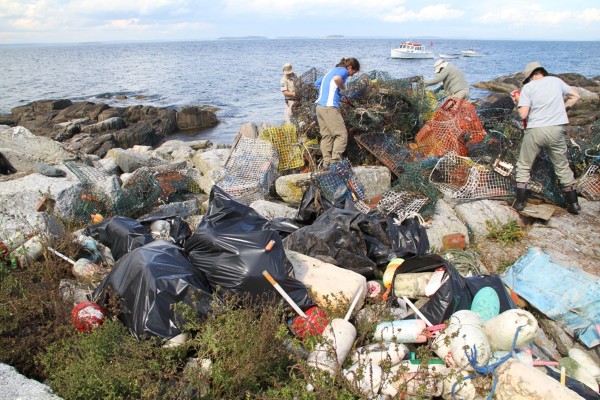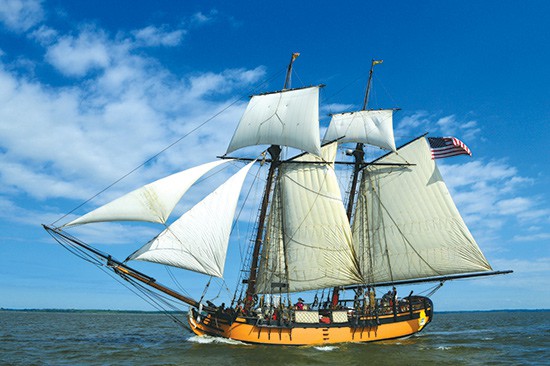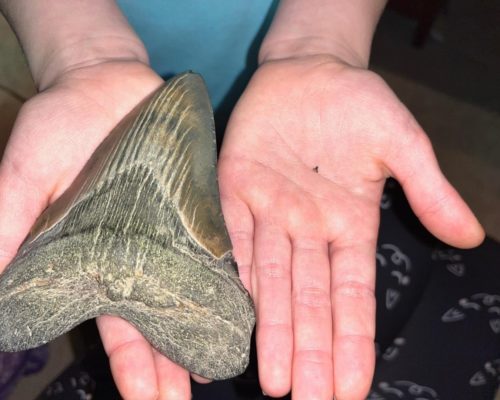The National Oceanic and Atmospheric Administration is tackling the growing issue of marine debris, funding cleanup and research projects nationwide. A $7.3 million grant is matched to a total of $14.7 million—which will make 25 different projects possible, including some in the Bay region.
Of the funding, about $1.4 million will support five marine debris research projects, including one in Maryland and one in Delaware. The grantees will “investigate and identify the critical input pathways for marine debris introduction into the coastal zone,” NOAA says.
“Marine debris harms our coastal communities every day,” said Nicole LeBoeuf, director of NOAA’s National Ocean Service. “These grants fund critical clean-up, while also working to prevent the problem at the source and better understand the movement of marine debris. These types of projects will help us remove the most harmful types of marine debris and mitigate the most harmful effects.”
The grants will also remove all known abandoned vessels in the Hudson River, more than 100 metric tons of debris from three Hawaiian islands, and derelict fishing gear in areas ranging from the Gulf of Alaska to Mexico.
And NOAA’s funding will help launch the North American Net Collection Initiative, a program to “collect and repurpose end-of-life fishing nets as materials used in high-value consumer goods.”
It’s well-known that plastics, trash, discarded fishing gear, and other marine debris can hurt marine life. But NOAA points out they can also negatively impact navigation safety and the economy.
The NOAA Marine Debris Program is accepting Letters of Intent for groups looking for Marine Debris Removal funding in Fiscal Year 2022. To learn more, visit their website.
-Meg Walburn Viviano




